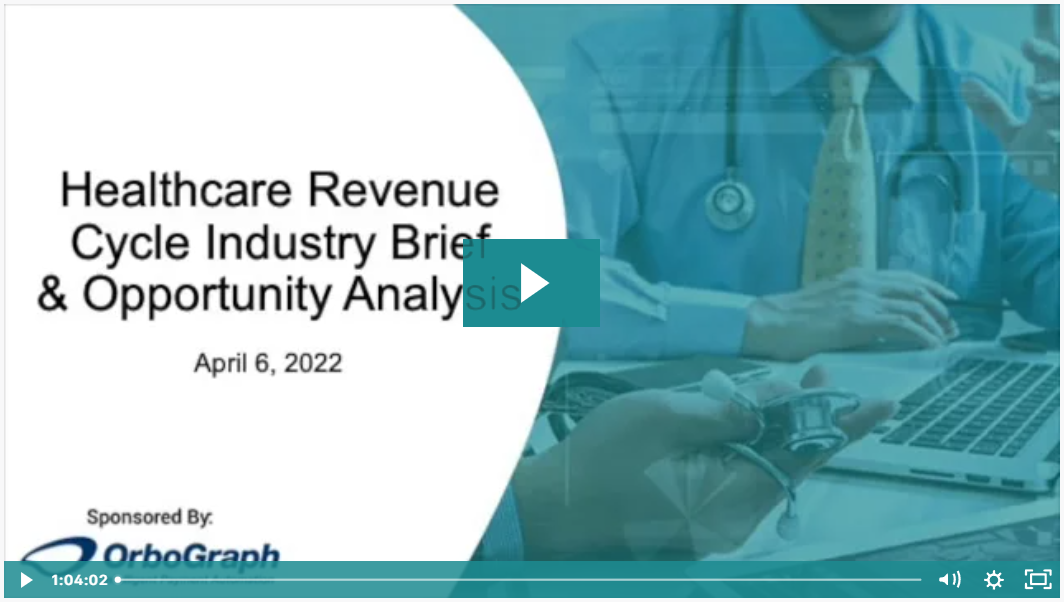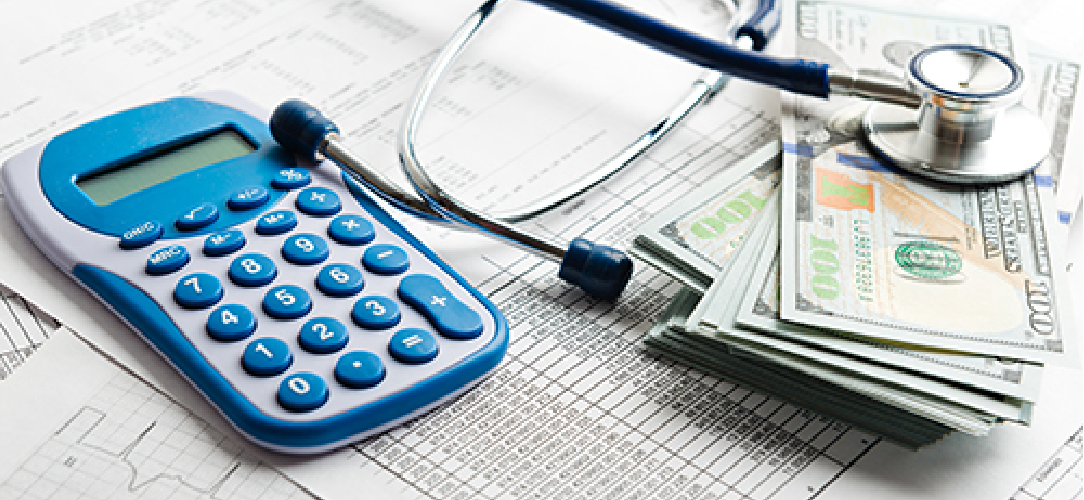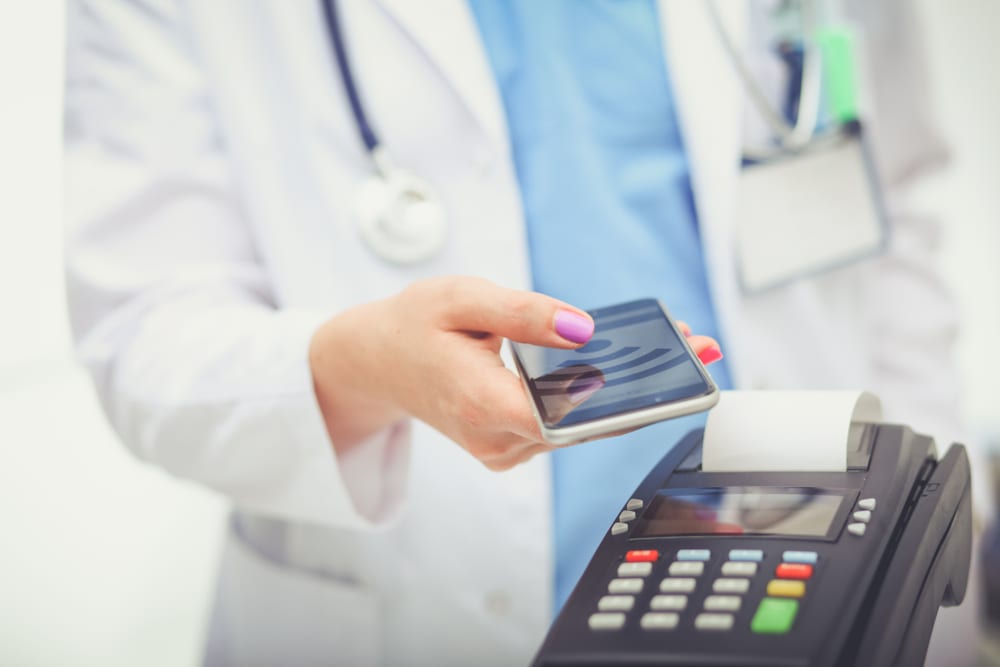Patients Are a Payer — The Cash Pay Revolution
In Q2 of 2022, OrboGraph hosted a webinar entitled: Healthcare Revenue Cycle Industry Brief & Opportunity Analysis Webinar. While the focus of the webinar was highlighting M&A activity and opportunities within healthcare -- specifically IT and RCM -- speaker John Berman of Linchpin Healthcare made a bold statement: Patients are Now a Payer.
What Mr. Berman stated is a reality in healthcare.

Click the image above to watch the webinar.
Referencing an article from Modern Healthcare, the Advisory Board notes that through new price transparency laws and growing consumer demand, more hospitals are adding cash pay options for certain health care services instead of just accepting insurance.
Adoption of Cash Pay Model
Before we jump into the adoption of the cash pay model, we would be remiss not to provide a brief overview for those who may not be as familiar with the concept. Healthcare providers are advertising healthcare services at a discount for patients to pay in cash (or check). These discounts are typically cheaper than the pre-negotiated rates from insurance payers, but provide guaranteed up-front payment for the services and streamline processing for providers, while also providing patients' price transparency.

Providers advertising cash pay rates for their services used to be considered an "anomaly," Tepper writes. Now, the No Surprises Act, the federal price transparency law, and changing consumer expectations may make cash-only payments for health care services more common.
While many hospitals and providers have not fully embraced the model, it is certainly growing.
"The market is going there," said Larry Van Horn, associate professor of management, law, and health policy and executive director of health affairs at Vanderbilt University. "You've got direct primary care, you've got physicians going and moving into cash pay. You're gonna have to sit there at some point and say, 'Wait a minute, they're taking my business."
Data collected by Medscape confirms the trend:
According to data from Medscape, which surveyed more than 17,000 clinicians, just 17% of them used cash-only, concierge, or direct-pay primary care models in 2020. Primary care providers (PCPs) made up the largest proportion of providers accepting cash pay, with 10% of practices charging patients a flat monthly fee for unlimited services.
"[S]ome providers embracing the cash pay revolution say their bottom line benefits from faster reimbursement, lower administration costs and higher patient retention," Tepper writes.
Benefits of the Cash Pay Model
While it is counterintuitive from the standard thinking that says accepting less money than what is being offered by the insurance payer is a mistake, there is more behind it than just the money.
In a 2020 report from the Society of Actuaries, almost all PCPs who operated under self-pay models reported "better or much better" personal and professional satisfaction compared to those under a traditional fee-for-service system. In addition, 34% of respondents reported "better or much better" earnings under a direct payment model.
Additionally, by accepting these cash payments, providers can avoid the burdensome administrative RCM tasks, denied claims, and reconciliation process that often comes with insurance.
For patients, there are added benefits as well. Many patients have high-deductible plans, and rather than trying to hit those deducticles, they are shopping around for discounted healthcare service prices.

"The patient has decided to take a bet on themselves," said Steve Russell, VP and chief revenue cycle officer at Deaconess. "They have a high deductible, they don't think they're going to reach that threshold and their thought is, 'If I don't use my insurance, what kind of discount can you give me?'"
The Future of Cash Pay Model
The cash pay model is making waves in the healthcare industry. For those providers and hospitals not currently supporting the model, they are certainly considering it.
According to Aaron Miri, SVP and chief digital and information officer at Baptist Health South Florida, although few patients are currently paying directly for health care services, the industry is heading towards that direction, which means health systems need to be prepared to meet the demand.

"When you look at the directionality of demand, this is only going to go up," Miri said. "Patients are going to start seeing their total estimated bill and say, 'I want to spend my $500 at a health system that was really transparent with me, and made me feel comfortable, versus the health system down the road that I've always gone to, but that simply can't tell me what my actual amount due is.'"
For medical lockboxes and banks providing lockbox services, this is an opportunity for them to assist healthcare providers and hospitals with streamlining payment processing. Banks will see an influx of larger cash deposits, as well as an increase in check payments. By utilizing the latest technologies like AI and machine learning, banks are able to process these check payments quickly and accurately, ensuring smooth cash flow for their customers.